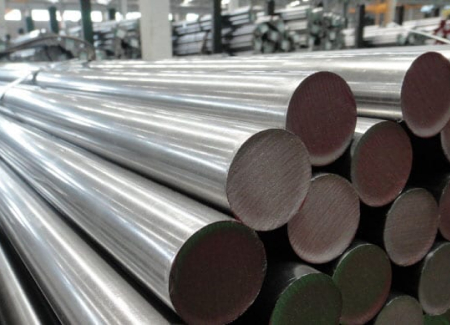-
About
-
Our Brand
-
Products
-
Community
Community
Blog
Blog
The history of Stainless Steel
- Writer
- STEELTOPIA
- Date
- 23-08-31

Stainless steel is an alloy of steel containing at least 12% chromium, which forms a thin layer on the surface of iron to prevent the penetration of oxygen, enhancing its corrosion resistance and preventing rust. It is a unique type of steel widely used across various industries due to its exceptional strength. The history of stainless steel is closely intertwined with the advancements in metal manufacturing and alloy technology. Early efforts focused on improving corrosion resistance through experiments and research, leading to the development of steel with stainless properties.
In the early 19th century, attempts were made to create stainless steel with enhanced corrosion resistance by combining chromium and carbon. However, significant success was not achieved until the 1880s when researchers like Leon Guillet in France and James Anderson in England explored the use of chromium and nickel alloys to improve corrosion resistance. These studies played a crucial role in the development of stainless steel, and in 1913, Harry Brearley achieved the milestone of producing stainless steel with higher chromium content to enhance its corrosion resistance.
Starting from the mid-20th century, various types and grades of stainless steel were developed and found applications in diverse industries. The advancement of oxygen steelmaking in the 1940s enabled mass production of stainless steel, and the development of continuous casting technology in the 1960s significantly improved productivity.
Stainless Steel Today
Stainless steel comes in various types and is utilized in different fields, varying based on its chromium content and other alloying elements. It finds applications in kitchenware, industrial machinery, construction materials, automotive components, medical devices, chemical facilities, and more. Stainless steel's resistance to rust and corrosion makes it suitable for food and dishware, even in boiling water, ensuring hygienic safety. Additionally, its resistance to discoloration and bacterial growth makes it suitable for kitchen utensils and dishwasher doors. Stainless steel's magnetic properties make it suitable for induction-specific containers, and its heat resistance and durability make it versatile in areas ranging from kitchenware to construction materials.
The Future of Stainless Steel
Stainless steel continues to hold significant value in the present and future, playing a vital role as a critical material. The global stainless steel market is projected to witness consistent growth during the forecast period, with an estimated average annual growth rate (CAGR) of around 6%. By the end of 2033, it is anticipated to generate approximately $234 billion in revenue. This growth reflects the expanding applications and exceptional characteristics of stainless steel. As new industries and technologies emerge, stainless steel is expected to find new applications. Furthermore, with increased emphasis on environmental protection and sustainable production, stainless steel's durability and recyclability will become even more valuable. The future will likely bring more research and innovation, enhancing stainless steel's properties and providing greater value across various industries and sectors.
The information provided on this webpage is intended solely for informational purposes. Steeltopia does not make any explicit or implied representations or warranties regarding the accuracy, comprehensiveness, or validity of this information.


 HOME
HOME